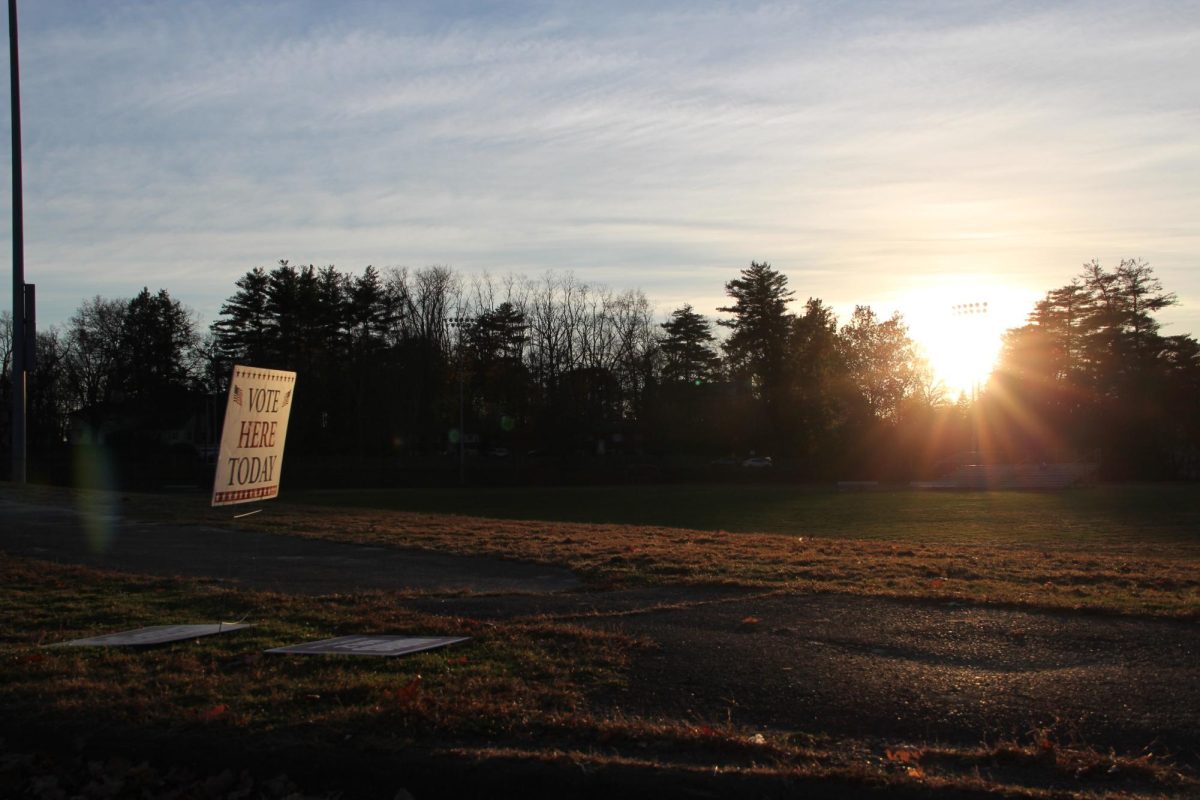
With approximately 28,000 undergraduate and graduate students, the population of the University of Massachusetts boasts a size comparable to many towns in the western Massachusetts region. The results? Guaranteed lecture classes of 200 or more persons throughout your four years at UMass.
Large class size is frequently associated with a negative connotation; however, professors and students at the University offer a variety of perspectives on this inevitable occurrence.
Evan Paul, a freshman at UMass, enjoys his large classes.
“I personally don’t mind lectures, especially when the professors post the notes online,” Paul said. “Also if you already know the information that’s being discussed, you can use your time more effectively to do something else, whereas in a small class, you are often forced to pay attention and do what everyone else is doing.”
Kinesiology professor John Sirard also noted the benefits that can come out of large classes. An alumni of the University, Sirard found that lectures provided a comforting learning environment while he was a student.
“I’m not an extrovert by nature, so speaking up in a small class wasn’t something I was comfortable with,” Sirard explained. “A large class was comfortable. I could absorb the material without the fear of being called on.”
While large lectures can be a great place to learn for some students, the freedom it offers has clearly sometimes been exploited for non-academic reasons.
“Obviously if someone isn’t motivated to learn, large lectures can be detrimental because no one there is making sure that you actually learn the information like in a small class,” Paul said.
“I think as long as someone is motivated to learn, lectures with discussions can be just as effective as small classes,” he added.
That being said, many people prefer small classes. Many professors and students think that they present a better opportunity to interact and further engage in learning.
“I think teaching the smaller classes is great. I get to know the students better, not only academically but also personally,” Sirard said.
He also noted that small classes allow him to assign smaller projects and have time to grade them all individually, as opposed to having only large assignments graded by teaching assistants in lectures.
Alternatively, some students find small classes to be ineffective and even inefficient. Melanie Maimon, a freshman psychology major, prefers lectures.
“I have a small class for one of my discussions. My professor is such an interesting lecturer and since so few people speak in the discussion, I’d rather have another 50-minute lecture,” said Maimon.
“It’s helpful because we review material in a small environment, but there are only two or three people regularly giving answers.”
Many students and faculty agree that the most important aspect of a course is not the size, but the learning environment fostered by the professor.
“I think it depends on the teacher,” said Sirard. “I think the teacher needs to create that environment where it’s okay to ask questions and people feel comfortable talking.”
Similarly, Maimon enjoys certain classes because of the interest shown by the professor.
Regarding one of her professors, Maimon said, “She’s an expert on her topic. She is very clearly passionate and has a very good understanding, and makes me passionate about the class too.”
Katrina Borofski can be reached at [email protected].


















